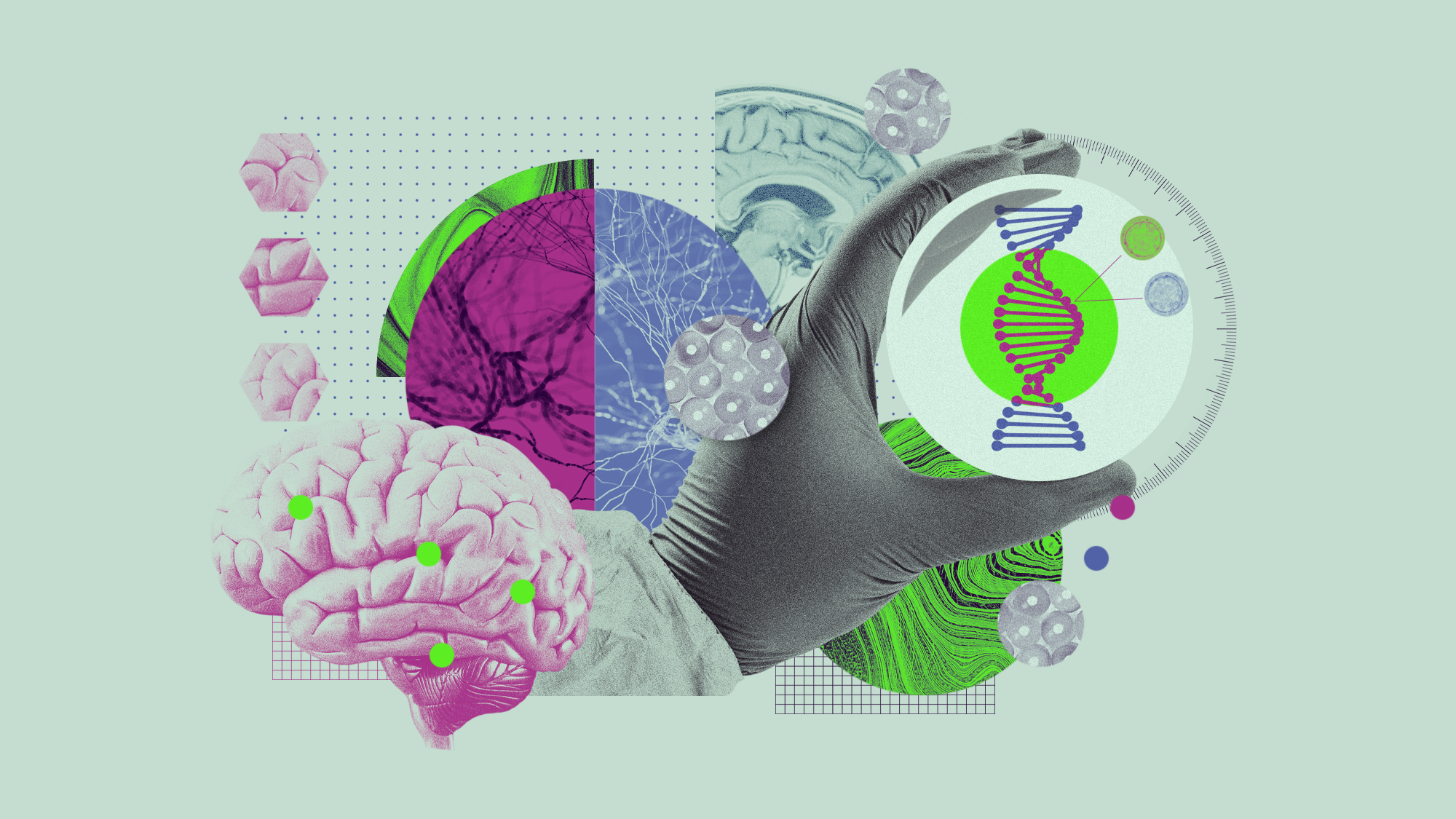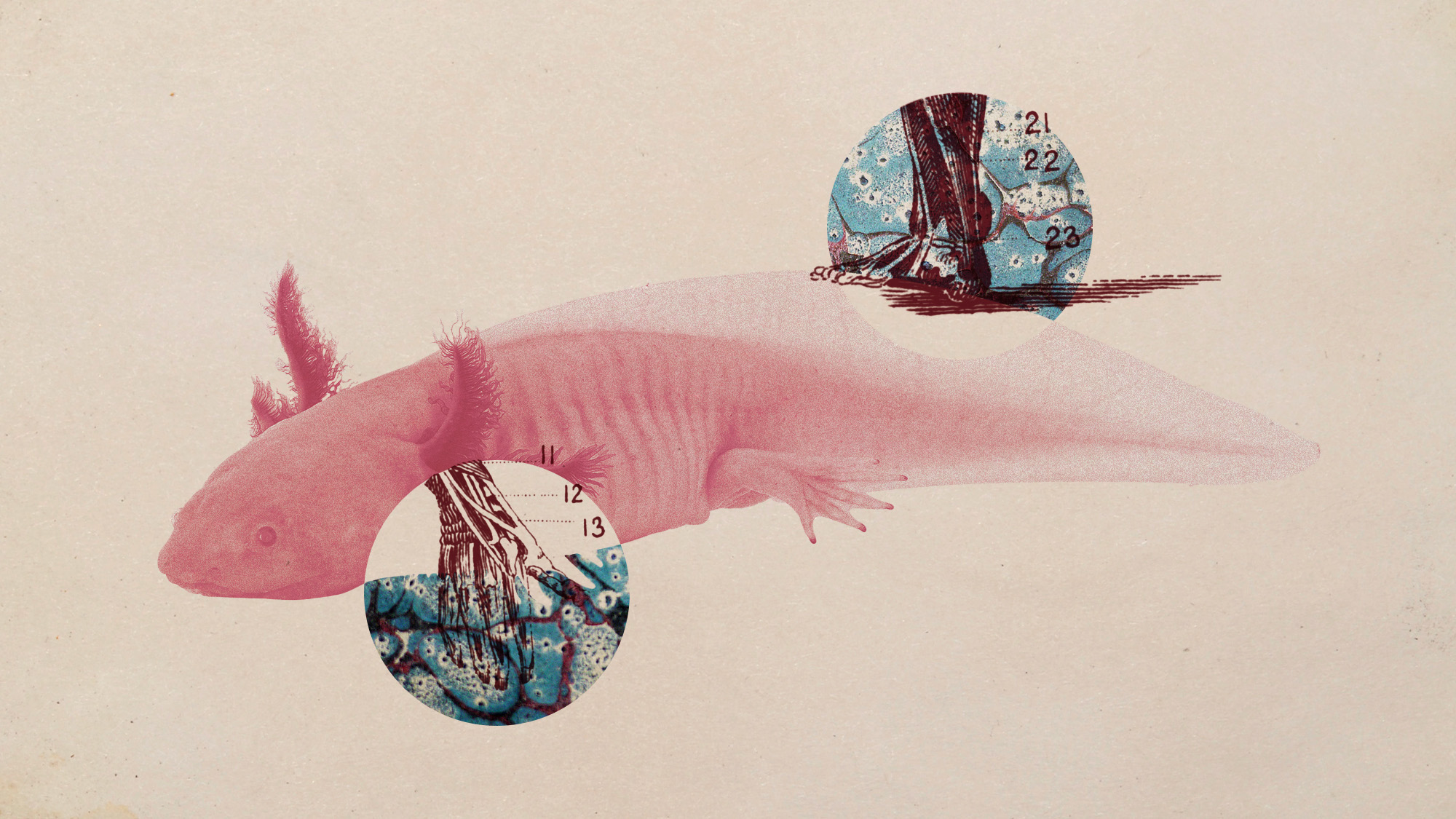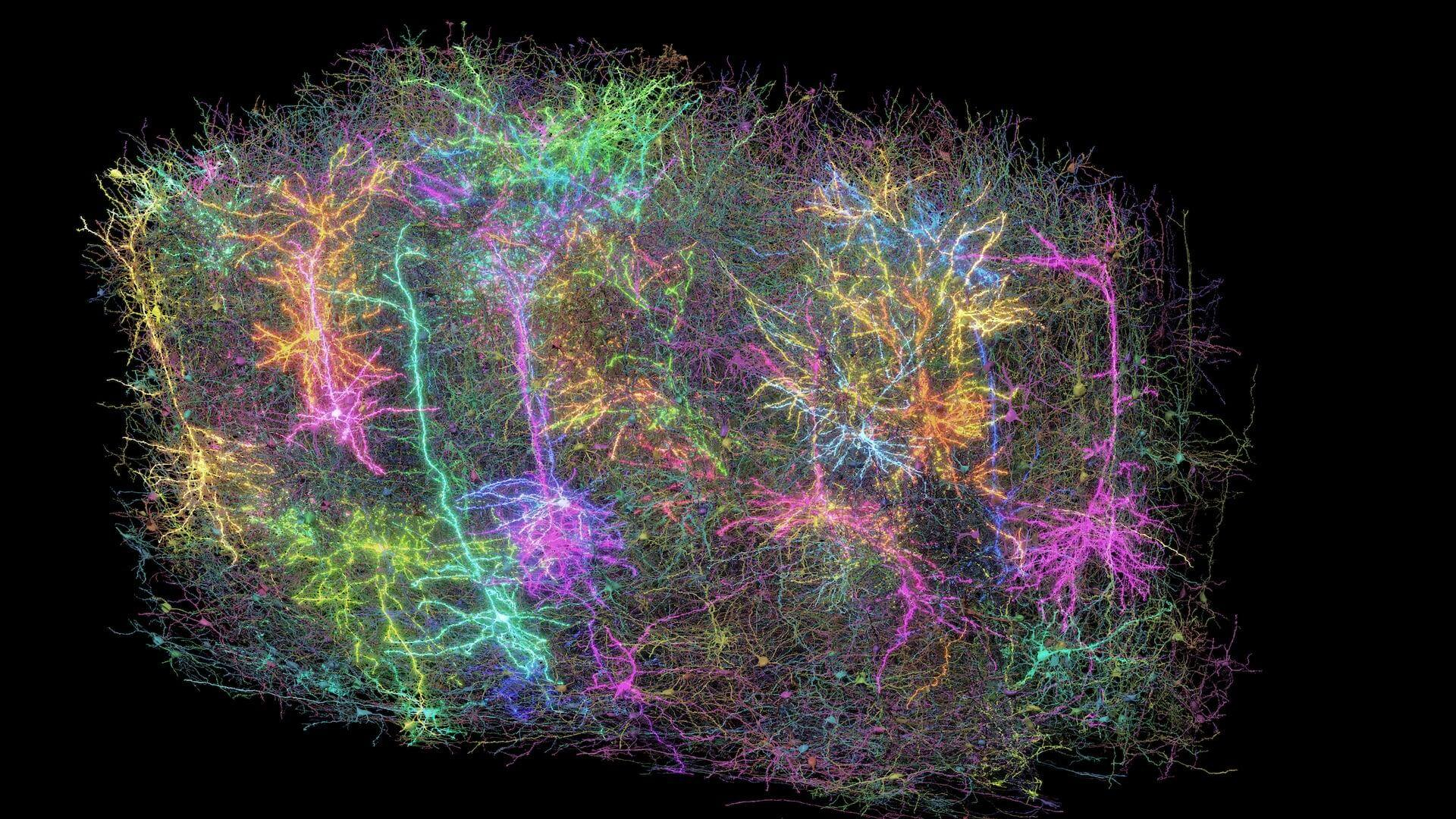Health & Science
A gene that causes obesity; The world’s biggest virus; Dementia’s earliest signs; Gold’s cosmic origins
A gene that causes obesity
Some forms of obesity may be caused by a genetic mutation, a new study has found. When researchers at Boston Children’s Hospital disabled a gene called MRAP2 in mice, they discovered that the rodents packed on twice as much weight as their siblings, even though they weren’t ingesting more calories. “During the mouse equivalent of childhood and adolescence, they were becoming rapidly obese,” endocrinologist Joseph Majzoub tells The New York Times. Further research found that the gene mutation is rare in humans, but it does exist and may explain why some people find it virtually impossible to lose weight. Researchers believe that MRAP2 helps regulate another gene in the brain that controls appetite and fat storage, and another recent study found that variations in a gene called FTO markedly increased hunger. Such mutations “certainly are not, by themselves, responsible for the current obesity epidemic,” says Majzoub, but they do suggest that the disease has complex causes. “The history of obesity for many, many years has been one of blaming people for lack of self-control,” he says. “If some of it is due to a slow metabolism, that would completely change the perspective of parents and patients.”
The world’s biggest virus
The Week
Escape your echo chamber. Get the facts behind the news, plus analysis from multiple perspectives.

Sign up for The Week's Free Newsletters
From our morning news briefing to a weekly Good News Newsletter, get the best of The Week delivered directly to your inbox.
From our morning news briefing to a weekly Good News Newsletter, get the best of The Week delivered directly to your inbox.
A huge virus discovered in sediment on the Chilean coast and another in an Australian pond are not only the largest scientists have ever seen, but also among the most baffling. A single so-called pandoravirus is 1,000 times the size of the influenza virus and holds 2,556 genes, compared with the flu’s 13. Only 6 percent of its genes resemble those found in other organisms, leading some scientists to conclude that it may represent an entirely unknown form of life. The virus may “have emerged from a new ancestral cellular type that no longer exists,” study author Jean-Michel Claverie of Aix-Marseille University in France tells NPR.org. It could even have originated on another planet. “At this point we cannot actually disprove or disregard this type of extreme scenario,’’ Claverie says. Most viruses are tiny in order to infect larger cells and use them to manufacture more viruses. Experts say the pandoraviruses appear to pose no threat to humans. “But again,” Claverie says, “never say never.”
Dementia’s earliest signs
Healthy people who are concerned about subtle lapses in their memory—like forgetting the plot of TV shows or getting lost in familiar places—may be picking up on early signs of dementia that their family members, friends, and doctors can’t yet detect. In one recent study, researchers found that people who were concerned about their memory were 56 percent more likely to be diagnosed with early-stage dementia than those who weren’t. And even among subjects who aced cognitive tests, the more memory trouble they reported having, the more beta amyloid—a protein linked to Alzheimer’s—was visible when researchers scanned their brains. “Years before a clinical diagnosis of Alzheimer’s disease, the individual may be the best judge that his or her memory isn’t what it used to be,” Rebecca Amariglio, a neurologist at Brigham and Women’s Hospital, tells NBCNews.com. Being able to identify Alzheimer’s symptoms earlier could allow researchers to test treatments to halt the disease’s progression. Most “senior moments,” however, are nothing to worry about. “Every time you forget someone’s name,” says Reisa Sperling, director of the Alzheimer’s center at Brigham, “you don’t need to go running to the doctor.” Symptoms that do appear worrisome include getting easily confused or becoming disoriented in familiar places.
Gold’s cosmic origins
A free daily email with the biggest news stories of the day – and the best features from TheWeek.com
All the gold on Earth was forged in the collisions of massively dense stars billions of years ago. Astronomers have come to this conclusion after observing and analyzing the afterglow of a crash between two neutron stars in a galaxy 3.9 billion light-years away that yielded a hoard of gold likely equal to the mass of 20 Earths. “At today’s prices, that amount of gold would be worth $10 octillion,” Harvard professor of astronomy Edo Berger tells USA Today. After the Big Bang, the universe contained only hydrogen, helium, and lithium; later, elements like carbon and oxygen were spewed out of exploding stars called supernovas. But supernovas never appeared to have enough energy to produce heavier elements, like gold, platinum, and lead. Now, researchers think smashups of neutron stars—the collapsed cores of giant stars—create those metals, which likely traveled to Earth billions of years ago on meteors. “The gold in jewelry that people are wearing is the result of one of the most violent explosions in the universe,” says astrophysicist Stephan Rosswog of Jacobs University in Germany. Unfortunately, the collisions—which University of California, Berkeley, astrophysicist Daniel Kasen suggests calling “blingnovas”—only happen in our galaxy every 100,000 years.
-
 Crossword: December 30, 2025
Crossword: December 30, 2025The daily crossword from The Week
-
 What have Trump’s Mar-a-Lago summits achieved?
What have Trump’s Mar-a-Lago summits achieved?Today’s big question Zelenskyy and Netanyahu meet the president in his Palm Beach ‘Winter White House’
-
 The most anticipated movies of 2026
The most anticipated movies of 2026The Week Recommends If the trailers are anything to go by, film buffs are in for a treat
-
 5 recent breakthroughs in biology
5 recent breakthroughs in biologyIn depth From ancient bacteria, to modern cures, to future research
-
 Bacteria can turn plastic waste into a painkiller
Bacteria can turn plastic waste into a painkillerUnder the radar The process could be a solution to plastic pollution
-
 Scientists want to regrow human limbs. Salamanders could lead the way.
Scientists want to regrow human limbs. Salamanders could lead the way.Under the radar Humans may already have the genetic mechanism necessary
-
 Is the world losing scientific innovation?
Is the world losing scientific innovation?Today's big question New research seems to be less exciting
-
 Breakthrough gene-editing treatment saves baby
Breakthrough gene-editing treatment saves babyspeed read KJ Muldoon was healed from a rare genetic condition
-
 Humans heal much slower than other mammals
Humans heal much slower than other mammalsSpeed Read Slower healing may have been an evolutionary trade-off when we shed fur for sweat glands
-
 Scientists map miles of wiring in mouse brain
Scientists map miles of wiring in mouse brainSpeed Read Researchers have created the 'largest and most detailed wiring diagram of a mammalian brain to date,' said Nature
-
 Scientists genetically revive extinct 'dire wolves'
Scientists genetically revive extinct 'dire wolves'Speed Read A 'de-extinction' company has revived the species made popular by HBO's 'Game of Thrones'